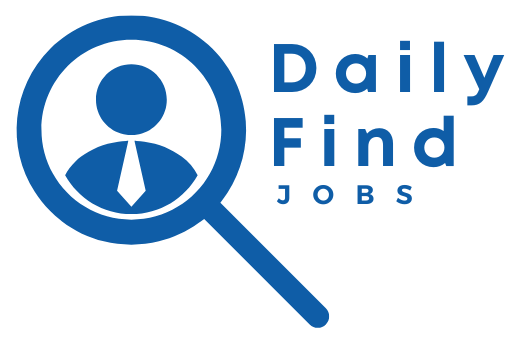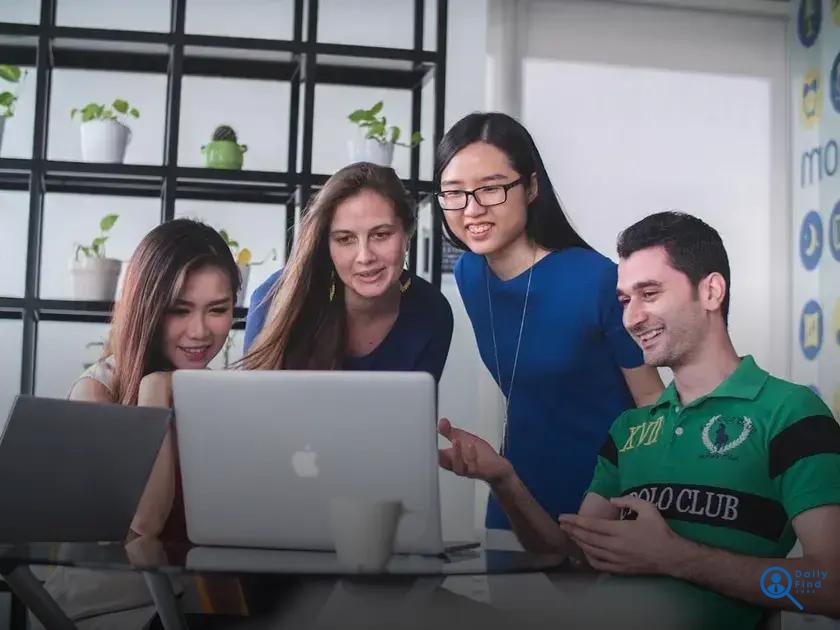In today’s fast-paced work environment, mindfulness and meditation for professionals can be a game-changer. These practices not only improve focus but also reduce stress, making them essential tools for anyone looking to enhance their work performance. Whether you’re a busy executive or a budding entrepreneur, finding the time for mindfulness may seem challenging, but with the right techniques, it can seamlessly integrate into your daily routine.
Understanding Mindfulness in a Professional Context
Within a professional context, understanding mindfulness can significantly enhance your productivity and job satisfaction. Mindfulness refers to the practice of being present and fully engaged with the task at hand, without being overly reactive or overwhelmed by what’s going on around us.
In the hustle and bustle of professional life, it can be easy to get lost in the noise. Emails, meetings, and deadlines often crowd our attention, making it challenging to focus on one task at a time. By cultivating mindfulness, you allow yourself the opportunity to step back and assess situations with clarity and calmness, thereby improving decision-making processes.
Professional environments often demand quick thinking and adaptive strategies. Mindfulness aids in reducing stress and anxiety, which are common in high-pressure work settings, by promoting emotional resilience. This resilience allows employees to maintain their composure and deliver high-quality work, even under pressure.
Professional Relationships and Mindfulness
Mindfulness can also improve professional relationships by enhancing communication and empathy towards coworkers. When you are mindful, you listen more effectively, understand different perspectives, and respond with greater empathy.
Adopting mindfulness in the workplace is not just beneficial for individual serenity; it can transform workplace culture. As more professionals integrate mindfulness practices, such as meditation, mindful breathing, or observational strategies, workplaces can become more harmonious and collaborative environments.
Meditation Techniques for Busy Schedules
Managing to incorporate meditation techniques into a busy schedule can significantly enhance both personal well-being and work productivity. Understanding the need for these practices amidst a hectic lifestyle is key to reaping their benefits. Here are some practical meditation techniques designed specifically for those with limited time.
Start by setting aside just five minutes a day. Short, focused sessions can be surprisingly effective. Use these moments for breathing exercises. Simply close your eyes and take deep, slow breaths, focusing exclusively on the sensation of air entering and leaving your body.
Walking Meditation
For those always on the go, try a walking meditation. As you walk, pay close attention to each step. Notice the feeling of your feet touching the ground, the rhythm of your steps, and your surroundings. This can be done on your way to meetings or during breaks.
Guided Meditation Apps
Utilize technology to your advantage with guided meditation apps. These tools are excellent for fitting meditation into brief intervals throughout your day. Choose programs with varying lengths to match your schedule, aiming for consistency rather than duration.
Mindful Moments
Integrate smaller, mindful moments into your day. Whether it’s savoring your coffee without distractions, taking a moment to stretch and breathe at your desk, or practicing gratitude during a phone call, these micro-meditation moments can maintain a calm center amid a bustling day.
Making meditation a seamless part of your daily routine is all about creating habits that fit naturally into your existing schedule. Whether through brief breathing exercises or mindful walking, these techniques become an essential pillar of your professional success.
The Benefits of Mindfulness at Work
Reducing Stress is one of the primary benefits of mindfulness at work. Practicing mindfulness helps to lower cortisol levels, making it easier to handle stress and pressure without feeling overwhelmed. This contributes to a calmer work environment.
Improved Concentration happens when mindfulness practices enhance attention spans and enable professionals to focus better on tasks. By being present, employees are less likely to be distracted by outside noise or the chatter of their own minds.
Better Decision Making
can be achieved as mindfulness encourages clear thinking and reflection. Professionals can weigh options and consider the impacts of decisions more thoroughly when they are mindful.
Enhanced Creativity is a result of the open-minded approach that mindfulness cultivates. By letting go of preconceived notions and biases, creativity blossoms, allowing for innovative solutions and fresh ideas in the workplace.
Improved Emotional Intelligence is another benefit, as mindfulness allows individuals to gain better control over their emotions. This can strengthen interpersonal relationships and improve team collaboration.
Additionally, increased resilience helps employees bounce back from setbacks faster. Through mindfulness, workers develop a mental toughness that aids in recovery from stress and adversity.
Integrating Mindfulness into Your Daily Routine
In today’s fast-paced world, integrating mindfulness into your daily routine can be a game-changer for professionals looking to enhance their productivity and well-being. Finding ways to incorporate mindfulness does not have to be complicated. Start small by allowing yourself a moment to pause and focus on your breath, even if it’s just a minute before answering an email or after a meeting.
Begin Your Day with Intention: Consider beginning each day with a brief meditation or mindfulness exercise. This can help you set a clear intention for the day ahead, providing clarity and balance.
During lunch breaks or short pauses, engage in mindful eating. Pay attention to the flavors, textures, and sensations of your food instead of multitasking or rushing through the meal.
Another technique is practicing mindful listening during conversations. Fully engage with what the other person is saying without forming a response before they finish speaking.
For those with hectic schedules, utilize guided meditation apps or short online videos that can fit into busy lifestyles. These tools can offer quick sessions tailored to various needs and times of the day.
End your day with a reflection practice. Allow yourself a few minutes to disconnect from your devices and reflect on the day’s events, focusing on moments of gratitude and accomplishment.


